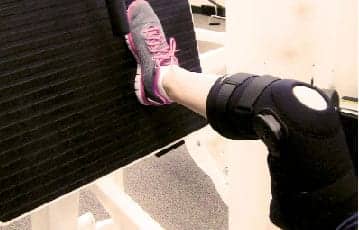Slouching is bad for you, according to the August issue of Mayo Clinic Health Letter.
Poor posture, in combination with bone changes that sometimes emerge with aging, can result in the appearance of a hump on the back. The medical term for the rounding of the back is kyphosis (ki-FO-sis).
Fractures due to osteoporosis—thinning of the bones—are common in the vertebrae. Compression fractures can occur, and the bone can become weakened to the point of collapse within its own structure. Sometimes these compression fractures in the spine cause pain, stiffness, and tenderness, but they often are not detected until an x-ray is performed for another reason.
In older adults, kyphosis associated with osteoporosis is typically found in the vertebrae of the thoracic spine, the portion that supports the shoulders, arms, and trunk. Multiple compression fractures in the vertebrae can reduce a person’s height and also curve the spine. The result is what looks like a hump on the back. Stooped posture due to compression fractures adds to pressure along the spine, which creates the potential for more compression fractures.
Conversely, straight posture reduces excess pressure that can contribute to kyphosis curvature. Another way to prevent kyphosis is to perform exercises that help strengthen the back muscles and improve posture. Care providers can recommend appropriate exercises, but in general, those with osteoporosis should avoid exercises that round the back and, instead, do exercises that gently straighten the trunk and back.
[Source: Newswise]



